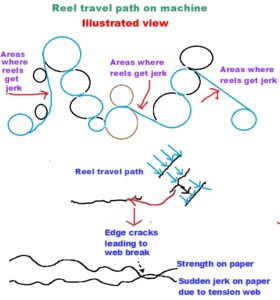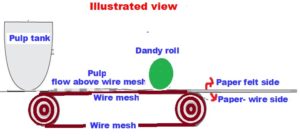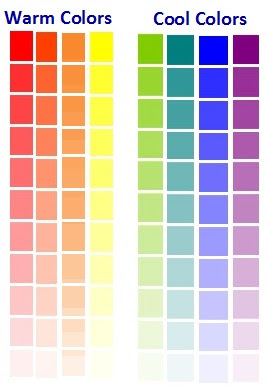
Alphabet W /2




7. Wood free Paper : The Paper is made of Cotton Rags, Cellulose fibers, hemp, esparto, other grasses like bagasse (the fibrous plant) and wood or straw. The paper made without wood in the pulp is called mechanical pulp. Those manufactured purely with chemical pulp i.e cellulose fibers are called Wood Free Paper. The wood contains both cellulose fibers and wooden lignin (a natural component like polymers of the cell walls of the plants) which is naturally inherent in the secondary part of the wood. Though wood is crushed before adding with pulp, most of the lignin is removed allowing only the cellulose fibers in the pulp during the bleaching of the pulp. The lignin is removed during bleaching process so that the paper manufactured do not turn yellowish in long run. The Newspapers, paperback books and some magazines whose paper will be duller in color are made from paper using mechanical wood i.e paper made without removing the lignin.
8. Wire Stitching: One of the binding techniques like thread stitching and sewing of books. Wire stitching means fastening the loose leaves of the book with a half an inch or so length steel wires. This is a faster way of fastening the sheets compared to the thread stitching. Most of the weekly and monthly magazines are wire stitched. The wire stitching is carried either at the spine or a few mm away from the back edges of the book. The wire stitching done on the back edge of the book is called side stitching.
Two varieties of wires are available for stitching. One is round shaped and the other flat shaped to suit different types of books or magazines. Generally where the books or note books are wire stitched in spine- saddle stitching- they will use round shaped wires. Where the stitching is done on the back edge of the books and magazines or card board boxes –side stitching- the wires are flat shaped. This is done to keep the wires lie flat on the surface so that when they are packed the edges will not be bulgy compared to the front edge.

9. Warm colour : In color theory there are two groups of colors. They are termed as Warm and Cool Colors. It is generally stated that the color is indicative of the mood. Certain colors are very bright and some are sober. The bright or Warm Colors are Red, Orange, Yellow etc which reflect light or fire. Warm means bit hot. When fire is lit colors like Yellow, Orange and Red flames can be seen. Therefore the brighter colors are grouped as Warm Colors and lighter colors as Cool colors. The Cool colors are Blue, Green, Purple and Magenta etc which has blue tinge on them.

10. Wrong Font: In typography while composing the matter, by mistake instead of the same font, one or two fonts of some other type of fonts may have been used in the composed matter by mistake. Such non uniform fonts are called wrong fonts. This happens generally when after the matter is printed, and the fonts are distributed back into their boxes the fonts may be put into the wrong boxes which gets mixed up by mistake.

11. Web Printing: The Printing machine which can print only on continuous rolls of paper and even in emergency trimmed sheets can not be fed into the machine as the configuration of the machine has been designed so. The Web printing machines are attached with sheet converters which can trim the paper to individual sheet size during delivery after printing. The machine is also equipped to slit the bigger rolls to smaller size rolls and then wind them in delivery instead of delivering as single sheets. The Web printing machines can both print one or both sides and are mainly used for News paper printing, high volume printing magazines, Label printing and in Flexographic units where the cartons are printed for packing purposes. The Web machines print much faster than sheet fed presses.













Recent Comments